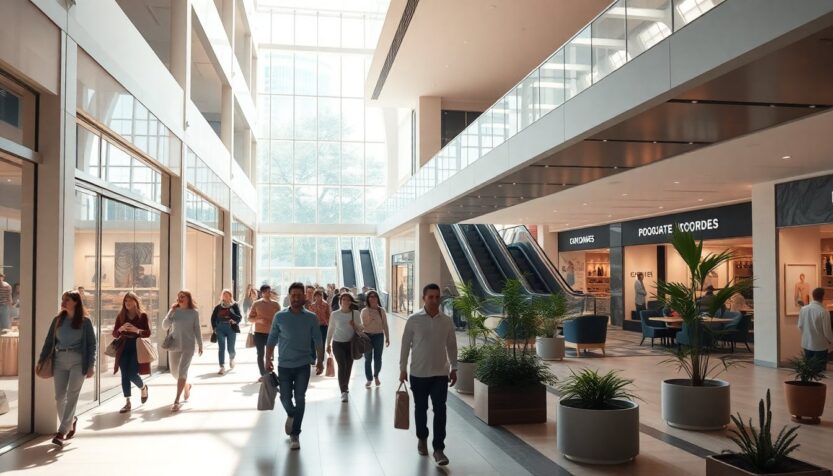The landscape of retail is continually evolving, reflecting not just commercial trends but personal journeys. From the quaint local shops of the past to today’s expansive shopping malls and online platforms, each phase has influenced consumer behavior. This timeline of retail in the United States and beyond offers a lens through which individuals can assess their own shopping experiences.
Having grown up in an era of independent stores and transitioned to adulthood amid the rise of malls, many consumers have adapted to these changes. However, this adaptability does not always correlate with consumer satisfaction.
The personal touch in shopping experiences
While the term digital natives is common, many identify more as retail natives. Shopping excursions have punctuated lives, often transforming into delightful pastimes. Cherished belongings frequently come from unexpected discoveries. For instance, a polar fleece throw acquired during a trip to New England—a region known for its production of polar fleece—has become a favorite item.
Another valued possession is an oversized, fine mesh colander bought from a charming shop. This colander plays a significant role in weekly kitchen routines. Additionally, a Pendleton cross-body bag found at a discount retailer like Marshall’s serves as a reminder of the excitement inherent in shopping.
Finding joy in independent stores
While seeking a thoughtful gift for my husband, I stumbled upon a captivating collection of baseball stories at a quaint independent bookstore in Denver. Such finds are increasingly rare in a marketplace dominated by online options. The pandemic has reshaped shopping behavior, yet the natural process of aging also influences retail engagement.
Shopping’s origins can be traced back to our ancestors who exchanged goods through barter systems. Long before modern times, bustling markets emerged in ancient civilizations such as Rome, China, and the Middle East. These markets evolved, leading to permanent shops, mail order catalogs, shopping malls, and, most recently, online shopping, which combines elements of both physical stores and advanced technology in what is known as omnichannel shopping.
The changing face of retail
Despite the ongoing closures of numerous retail chains, it may surprise some to learn that physical stores account for approximately 81% of the retail market in the U.S. Notably, 45% of shoppers prefer in-store experiences, particularly among older generations, while only 28% favor online shopping. A significant number of consumers engage with both platforms, showing varied preferences for different product categories.
For instance, 69% of customers opt to purchase groceries in-store, while 50% prefer physical shopping for furniture. In contrast, tech items see 36% of purchases made online, and clothing shopping is a blend, with 27% buying online and 35% in-person.
The impact of technology on shopping
To understand why shopping has lost some charm, one must consider the data-driven environment of retail. Through the use of artificial intelligence and machine learning, retailers analyze extensive customer data to optimize operations. This constant monitoring of consumer preferences allows stores to predict inventory needs, contrasting sharply with the unique inventory selections of smaller shops in previous decades.
Today’s retail environment can feel formulaic, often driven by algorithms that dictate inventory based on seasonal trends. This may lead to frustrating situations when a desired item is available one day but not the next. Despite this, there remains hope for rekindling the joy of shopping.
Having grown up in an era of independent stores and transitioned to adulthood amid the rise of malls, many consumers have adapted to these changes. However, this adaptability does not always correlate with consumer satisfaction.0
Rediscovering the joy of shopping
Having grown up in an era of independent stores and transitioned to adulthood amid the rise of malls, many consumers have adapted to these changes. However, this adaptability does not always correlate with consumer satisfaction.1
Having grown up in an era of independent stores and transitioned to adulthood amid the rise of malls, many consumers have adapted to these changes. However, this adaptability does not always correlate with consumer satisfaction.2
Future of shopping: A blend of old and new
Having grown up in an era of independent stores and transitioned to adulthood amid the rise of malls, many consumers have adapted to these changes. However, this adaptability does not always correlate with consumer satisfaction.3
Having grown up in an era of independent stores and transitioned to adulthood amid the rise of malls, many consumers have adapted to these changes. However, this adaptability does not always correlate with consumer satisfaction.4

